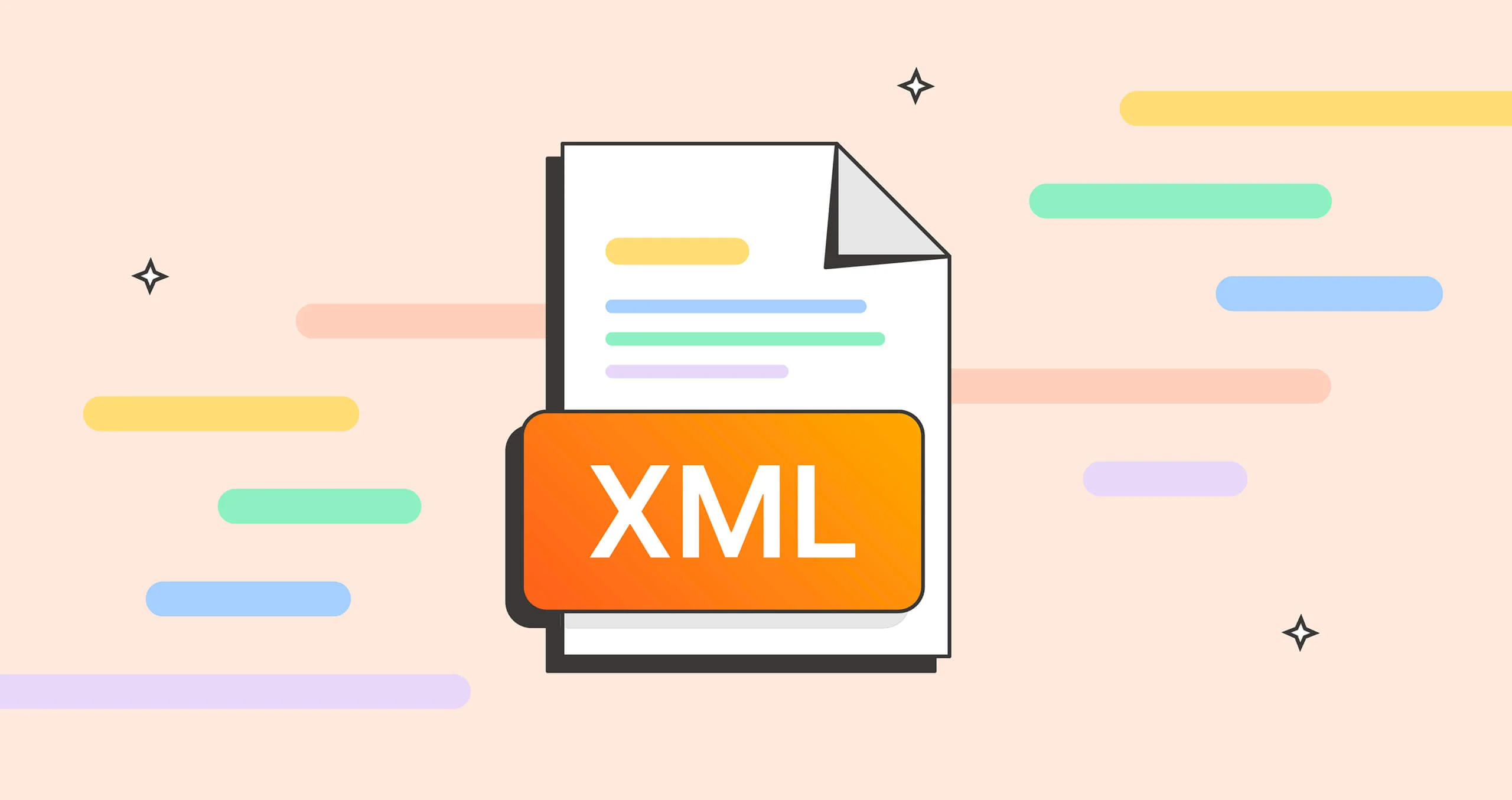PythonのXML解析ライブラリの比較:LXML対ElementTree
lxml is faster and better for large files due to C libraries; 2. lxml supports advanced features like full XPath, XSLT, and schema validation; 3. ElementTree is built-in and dependency-free, while lxml requires installation; 4. lxml handles malformed XML more gracefully with better error diagnostics; use lxml for performance and advanced features, ElementTree for simplicity and portability.

When working with XML data in Python, two of the most commonly used libraries are lxml and xml.etree.ElementTree (often referred to as ElementTree). Both allow you to parse, modify, and generate XML, but they differ in performance, functionality, and ease of use. Here's a practical comparison to help you choose the right one for your use case.

1. Performance and Speed
lxml wins for large or complex XML files.
- lxml is built on top of the C libraries libxml2 and libxslt, making it significantly faster than the standard ElementTree, especially for parsing large files or performing XPath queries.
-
ElementTree is written in pure Python (though the
xml.etree.ElementTreemodule in modern Python uses a fast C implementation calledxml.etree.cElementTreeunder the hood), but it's still generally slower than lxml.
✅ Use lxml if performance is critical (e.g., processing multi-megabyte XML files).
✅ Use ElementTree for smaller files or when speed isn’t a bottleneck.
2. API Compatibility and Ease of Use
They’re very similar — but lxml is more feature-rich.
- Both libraries use nearly identical APIs for basic operations like parsing, iterating, and modifying XML trees.
- Example: Parsing and iterating over elements looks almost the same:
# ElementTree
import xml.etree.ElementTree as ET
tree = ET.parse('data.xml')
for elem in tree.iter('item'):
print(elem.text)# lxml
from lxml import etree
tree = etree.parse('data.xml')
for elem in tree.iter('item'):
print(elem.text)- However, lxml supports more advanced features out of the box, such as:
- Full XPath 1.0 support (ElementTree only supports a limited subset)
- XSLT transformations
- Better namespace handling
- Support for DTD validation, XML Schema, and RelaxNG
✅ Use lxml if you need XPath, XSLT, or schema validation.
✅ Use ElementTree for simple XML tasks and when you want to avoid external dependencies.
3. Dependencies and Portability
ElementTree is included in the standard library.
- ElementTree comes with Python by default — no need to install anything.
- lxml is a third-party package. You need to install it via pip:
pip install lxml
- This makes ElementTree ideal for scripts that need to run in minimal environments or where installing C extensions is problematic.
✅ Use ElementTree for lightweight, dependency-free applications.
✅ Use lxml when you can manage dependencies and want more power.
4. Error Handling and Robustness
lxml is more forgiving and provides better diagnostics.
- lxml often handles malformed XML more gracefully (depending on parser settings).
- It provides more detailed error messages and better recovery options.
- You can customize the parser behavior easily:
from lxml import etree
# Handle broken XML with recover=True
parser = etree.XMLParser(recover=True)
tree = etree.parse('broken.xml', parser)- ElementTree is stricter and may fail more abruptly on malformed input.
Summary: When to Use Which?
| Use Case | Recommended Library |
|---|---|
| Fast parsing of large XML files | ? lxml |
| Need XPath, XSLT, or schema validation | ? lxml |
| Avoiding external dependencies | ? ElementTree |
| Simple XML read/write tasks | ? ElementTree |
| Working in restricted environments (e.g., some cloud functions) | ? ElementTree |
Bottom line:
If you're doing anything beyond basic XML manipulation — or care about speed — go with lxml.
If you want something simple, built-in, and "just works" for small tasks, ElementTree is perfectly fine.
And the best part? Since their APIs are so similar, switching between them later isn't too painful. You can prototype with ElementTree and upgrade to lxml when needed.
Basically, it comes down to: need more power? Use lxml. Just need to get the job done quickly and cleanly? ElementTree has your back.
以上がPythonのXML解析ライブラリの比較:LXML対ElementTreeの詳細内容です。詳細については、PHP 中国語 Web サイトの他の関連記事を参照してください。

ホットAIツール

Undress AI Tool
脱衣画像を無料で

Undresser.AI Undress
リアルなヌード写真を作成する AI 搭載アプリ

AI Clothes Remover
写真から衣服を削除するオンライン AI ツール。

Stock Market GPT
AIを活用した投資調査により賢明な意思決定を実現

人気の記事

ホットツール

メモ帳++7.3.1
使いやすく無料のコードエディター

SublimeText3 中国語版
中国語版、とても使いやすい

ゼンドスタジオ 13.0.1
強力な PHP 統合開発環境

ドリームウィーバー CS6
ビジュアル Web 開発ツール

SublimeText3 Mac版
神レベルのコード編集ソフト(SublimeText3)
 Mavenのpom.xmlファイルを理解します
Sep 21, 2025 am 06:00 AM
Mavenのpom.xmlファイルを理解します
Sep 21, 2025 am 06:00 AM
POM.XMLは、Mavenプロジェクトのコア構成ファイルであり、プロジェクトの構築方法、依存関係、パッケージングおよび展開の動作を定義しています。 1。プロジェクト座標(GroupID、Artifactid、バージョン)プロジェクトを一意に識別します。 2。依存関係プロジェクトの依存関係を宣言し、Mavenは自動的にダウンロードします。 3.プロパティは再利用可能な変数を定義します。 4. [コンパイルプラグインおよびソースコードディレクトリを構成]をビルドします。 5。ParentPomは構成継承を実装します。 6。依存関係バージョンの依存管理統一管理。 Mavenは、建設ライフサイクルの実行のためにpom.xmlを解析することにより、プロジェクトの安定性を改善できます。
 XML属性と要素の操作:設計の選択
Sep 14, 2025 am 01:21 AM
XML属性と要素の操作:設計の選択
Sep 14, 2025 am 01:21 AM
useattributesedatadatasuchasid、status、orunit、それはbutarenotcorecontentを説明します
 PythonのXML解析ライブラリの比較:LXML対ElementTree
Sep 06, 2025 am 02:20 AM
PythonのXML解析ライブラリの比較:LXML対ElementTree
Sep 06, 2025 am 02:20 AM
lxmlisfasterandbetterforlargefilesduetoclibraries; 2.lxmlsupportsadvancedfeatureslikefullxpath、xslt、andschemavalidation; 3.Elem entreeisbuilt-inand dependency-free、whilelxmlRrequiresInstallation; 4.lxmlhandlesmalformedxmlmoregracefulywithtererrordiagn
 XSLT 3.0を使用したXML変換:新しいものは何ですか?
Sep 19, 2025 am 02:40 AM
XSLT 3.0を使用したXML変換:新しいものは何ですか?
Sep 19, 2025 am 02:40 AM
XSLT3.0INTRODUCESMAJORADVANCEMENTSTHATMODERNIZEXMLANDJSONSTROUPHSEVENKEYFEATURES:1。modEstreamable = "yes" EnableSlow-Memory、Forworlocessingingoflargexmlfileslikelogsorgsordata
 node.jsを使用してシンプルなRSSフィードアグリゲーターを構築します
Sep 20, 2025 am 05:47 AM
node.jsを使用してシンプルなRSSフィードアグリゲーターを構築します
Sep 20, 2025 am 05:47 AM
RSSアグリゲーターを構築するには、node.jsを使用してAxiosとRSS-Parserパッケージを組み合わせて、複数のRSSソースをつかんで解析する必要があります。まず、プロジェクトを初期化して依存関係をインストールし、aggregator.jsのハッケルン、TechCrunch、その他のソースを含むURLリストを定義します。 Promise.allを介して各ソースからデータを同時に取得および処理します。タイトル、リンク、リリース時間、ソースを抽出し、マージ後に逆順に配置します。次に、コンソールを出力したり、Expressでサーバーを作成して、JSON形式で結果を返すことができます。最後に、キャッシュメカニズムを追加して、頻繁にリクエストを回避し、パフォーマンスを改善し、それにより効率的で拡張可能なRSS集約システムを実現できます。
 ウェブサイトのデータをこする方法とそれからRSSフィードを作成する方法
Sep 19, 2025 am 02:16 AM
ウェブサイトのデータをこする方法とそれからRSSフィードを作成する方法
Sep 19, 2025 am 02:16 AM
Checklegalconsiderations byReviewing robots.txtandtermsofservice、suseRveroverload、および使用することで使用する
 ギガバイトサイズのXMLファイルを効率的にストリーミングおよび解析する方法
Sep 18, 2025 am 04:01 AM
ギガバイトサイズのXMLファイルを効率的にストリーミングおよび解析する方法
Sep 18, 2025 am 04:01 AM
GBレベルのXMLファイルを効率的に解析するには、メモリオーバーフローを避けるために、ストリーミング解析を使用する必要があります。 1. PythonのXML.ETREE.ITERPARSEまたはLXMLなどのストリーミングパーサーを使用して、イベントを処理し、メモリをリリースするために時間内にELEM.CLEAR()を呼び出します。 2.ターゲットタグ要素のみを処理し、タグ名または名前空間を介して無関係なデータをフィルタリングし、処理量を減らします。 3.ディスクまたはネットワークからのストリーミングの読み取り、リクエストとBytesioの組み合わせ、またはLXML反復ファイルオブジェクトを直接使用して、ダウンロードと解析を実現することをサポートします。 4.パフォーマンスを最適化し、親ノードの参照をクリアし、処理された要素の保存を避け、必要なフィールドのみを抽出し、発電機または非同期処理と組み合わせて効率を改善できます。 5。スーパーレージファイルでは、Pre-pre-pre-pre-pre-pre-pre-sizeファイルを考慮することができます。
 XMLベストプラクティス:クリーンで有効なXMLドキュメントを書く
Sep 15, 2025 am 01:19 AM
XMLベストプラクティス:クリーンで有効なXMLドキュメントを書く
Sep 15, 2025 am 01:19 AM
Xmlisconsidered「クリーン」および「有効」は、炎症性、保守可能、andAdherestoxmlstandandsandschemas.1)cleanxmlRequiresprelelementnationnamesnamesnames-forreadability.2)valivexmlmustbewell-formedandvalidatedatedatedatassaschemaorddd








